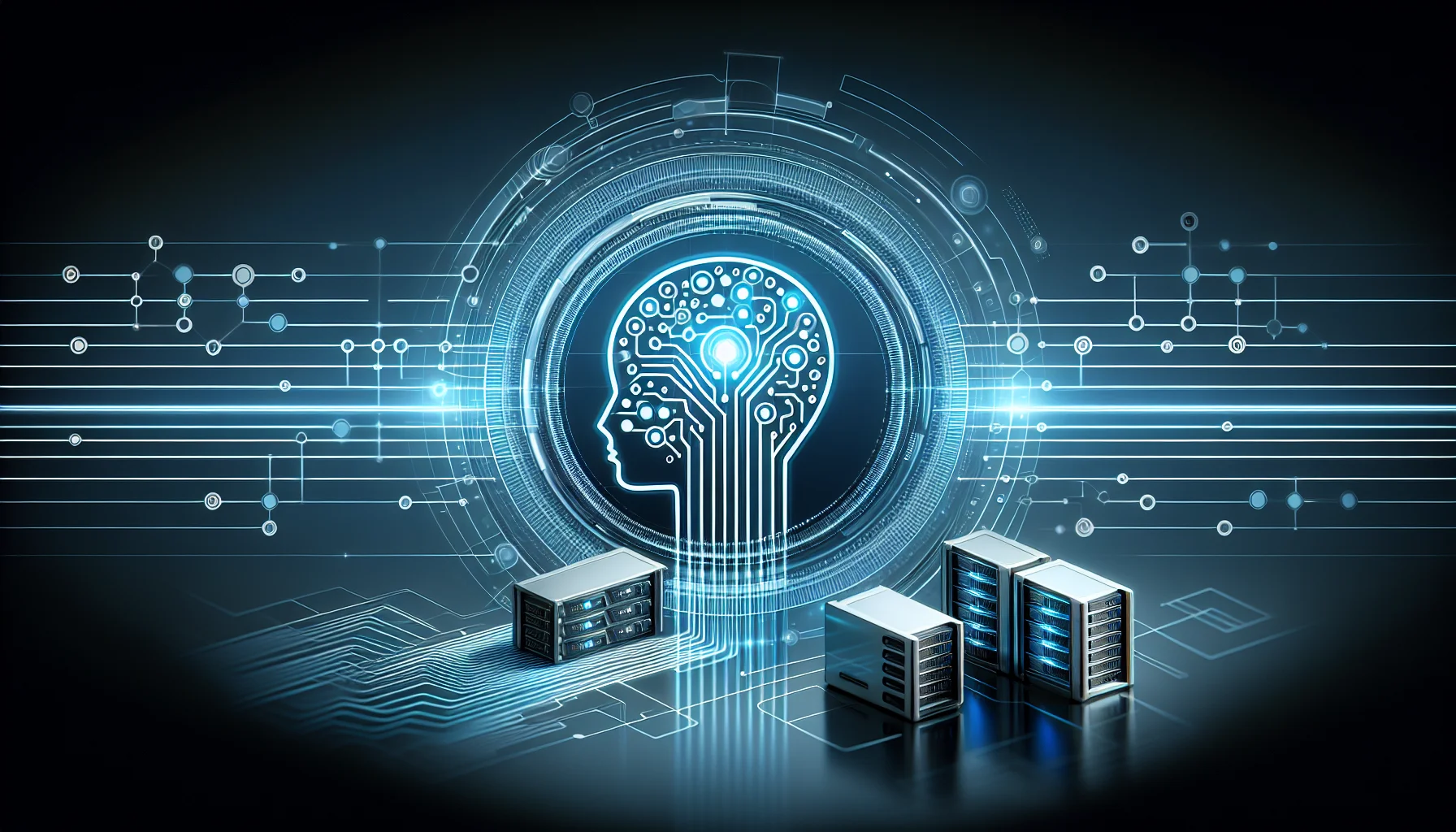
OpenAI’s Billion-Dollar Bet: Inside the “Circular Deal” Shaping the Future of AI
We’ve all been captivated by the seemingly magical abilities of modern artificial intelligence. From drafting emails with ChatGPT to creating stunning images with DALL-E, AI has become a powerful, accessible tool. But behind this seamless software experience lies a colossal, power-hungry machine—a global network of data centers packed with specialized chips, working tirelessly to process trillions of calculations every second. This hardware is the bedrock of the AI revolution, and right now, it’s facing a massive bottleneck.
The insatiable demand for AI has created a frantic gold rush for the one resource every major player needs: high-performance GPUs (Graphics Processing Units). For years, one company has held a near-monopoly on this market: Nvidia. Their chips have become the de facto standard for training and running large-scale machine learning models. This dominance has led to staggering demand, supply shortages, and eye-watering prices, creating a significant hurdle for everyone from well-funded labs like OpenAI to ambitious startups trying to build the next big thing.
But a fascinating new development, highlighted in a recent Financial Times report, reveals OpenAI’s clever strategy to break this logjam. They’re not just waiting in line for chips; they’re actively helping to build a new supply chain from the ground up. Enter their partnership with AMD, Nvidia’s long-time rival. This isn’t just a simple customer-supplier transaction; it’s a deeply symbiotic, almost “circular” deal that could reshape the entire hardware landscape and accelerate the pace of innovation in AI.
The GPU Chokehold: Why Hardware is AI’s Biggest Challenge
To truly grasp the significance of the OpenAI-AMD deal, you first need to understand the current state of play. Building a state-of-the-art AI model like GPT-4 requires an astronomical amount of computational power. Think of it like building a skyscraper. You can have the best architectural plans (the AI model) and the most skilled workers (the researchers), but if you don’t have enough steel and concrete (the GPUs), your project grinds to a halt.
Nvidia’s H100 and A100 GPUs are the “steel and concrete” of the AI world. They are masterpieces of engineering, specifically designed for the parallel processing tasks that machine learning thrives on. As a result, demand has skyrocketed, and Nvidia has been unable to produce them fast enough. This scarcity has given them immense pricing power, making it incredibly expensive to train and operate cutting-edge AI. For many, the dream of building a foundational model is simply out of financial reach.
This is where OpenAI’s strategic genius comes into play. Instead of just being a passive customer at the mercy of a single supplier, they are taking an active role in fostering competition and building a more resilient supply chain. Their collaboration with AMD is the cornerstone of this strategy.
More Than a Purchase Order: The Genius of the “Circular Deal”
So, what makes this deal “circular”? It’s a brilliant feedback loop where each company provides something the other desperately needs, creating a partnership that is far more valuable than the sum of its parts.
Here’s how it works:
- OpenAI Needs Chips: This is the most straightforward part. To continue developing more powerful models and serving millions of users through its SaaS offerings, OpenAI needs a massive, steady, and affordable supply of top-tier AI accelerators. They are looking to AMD to become a viable second


